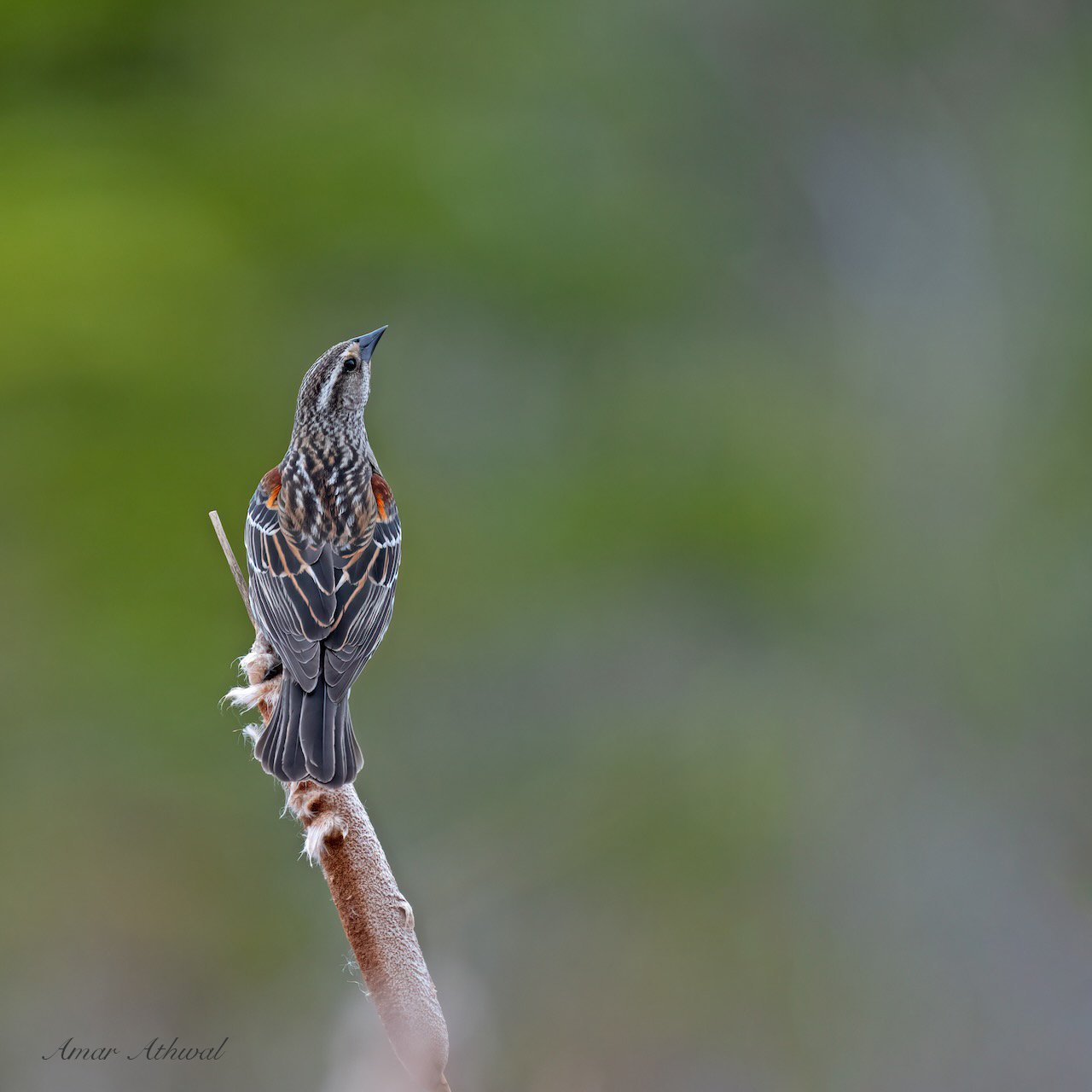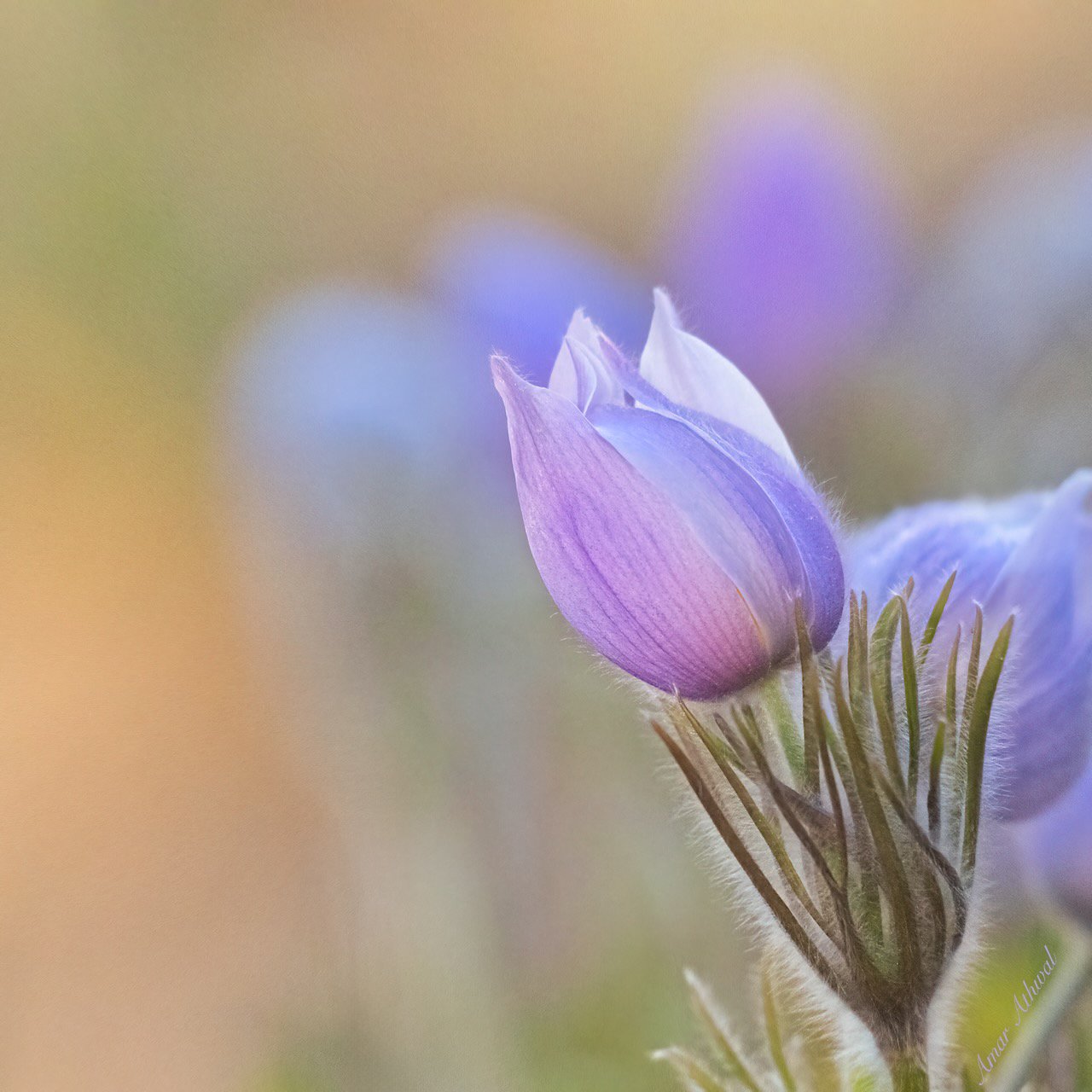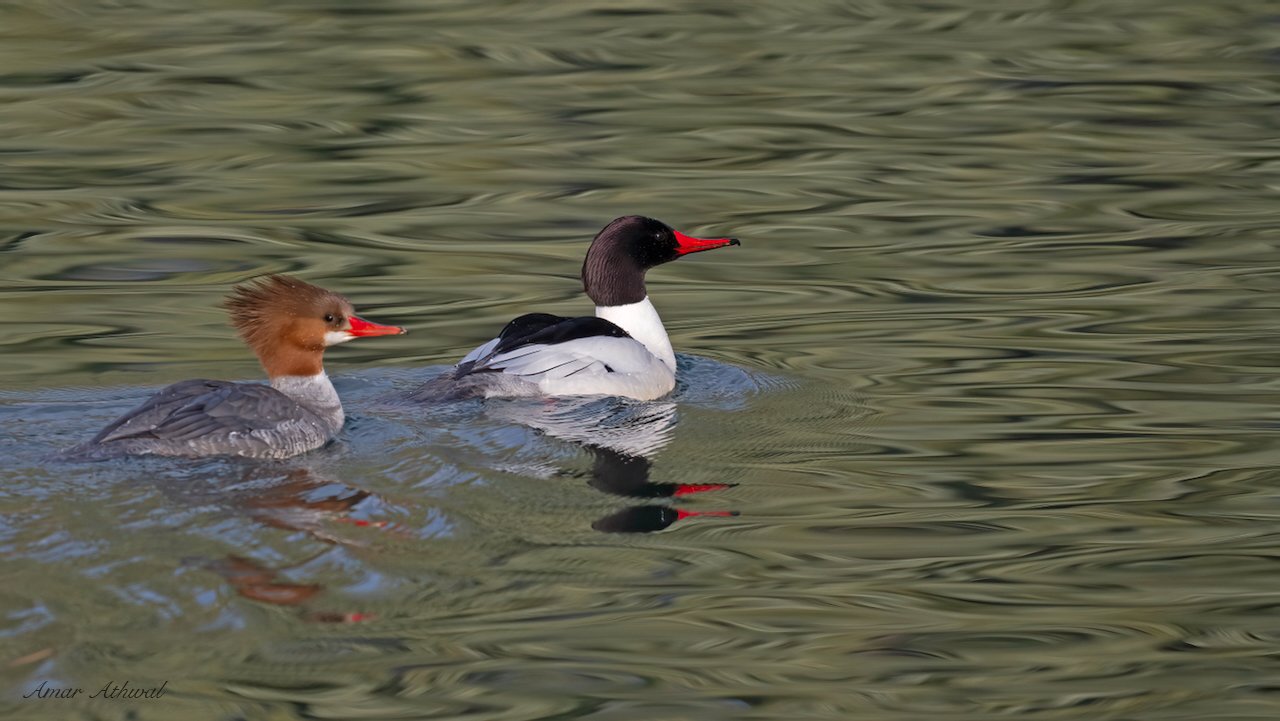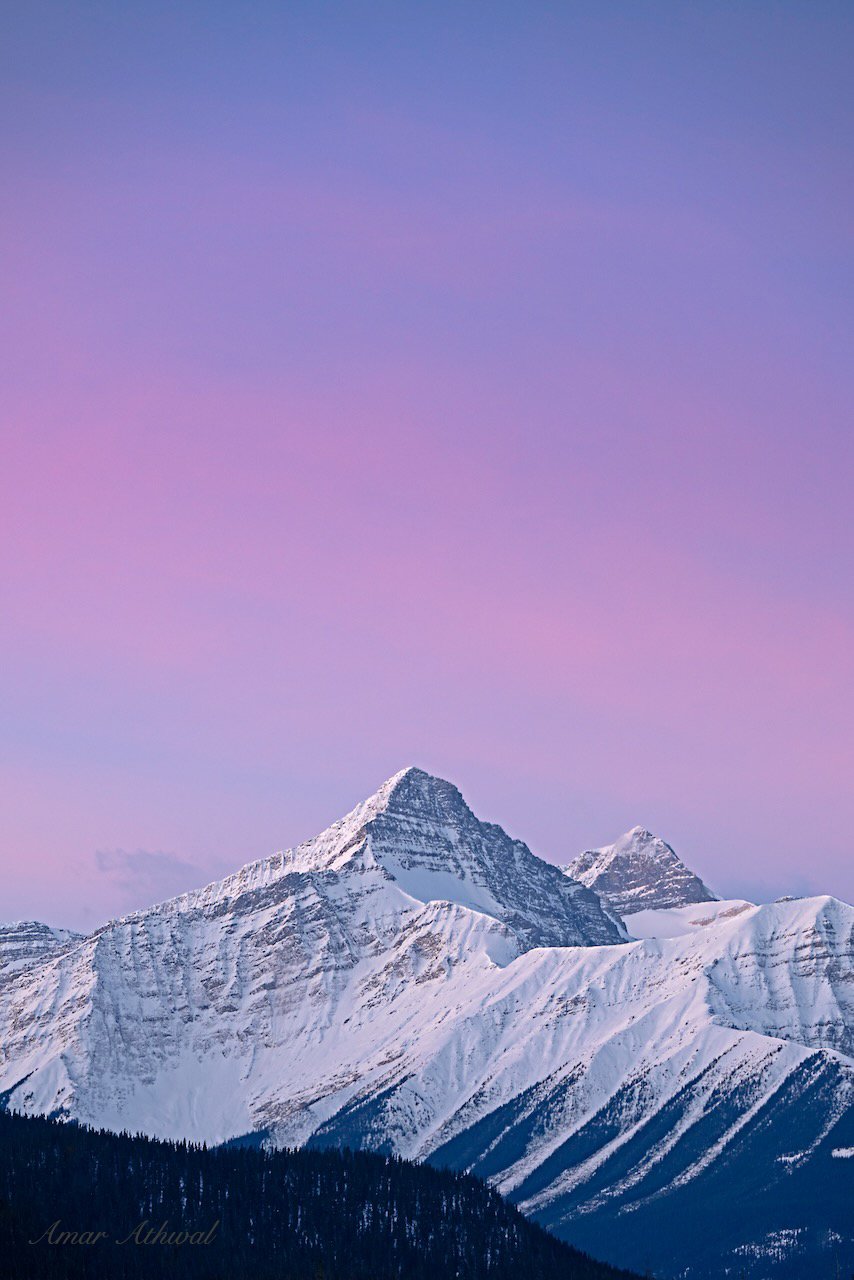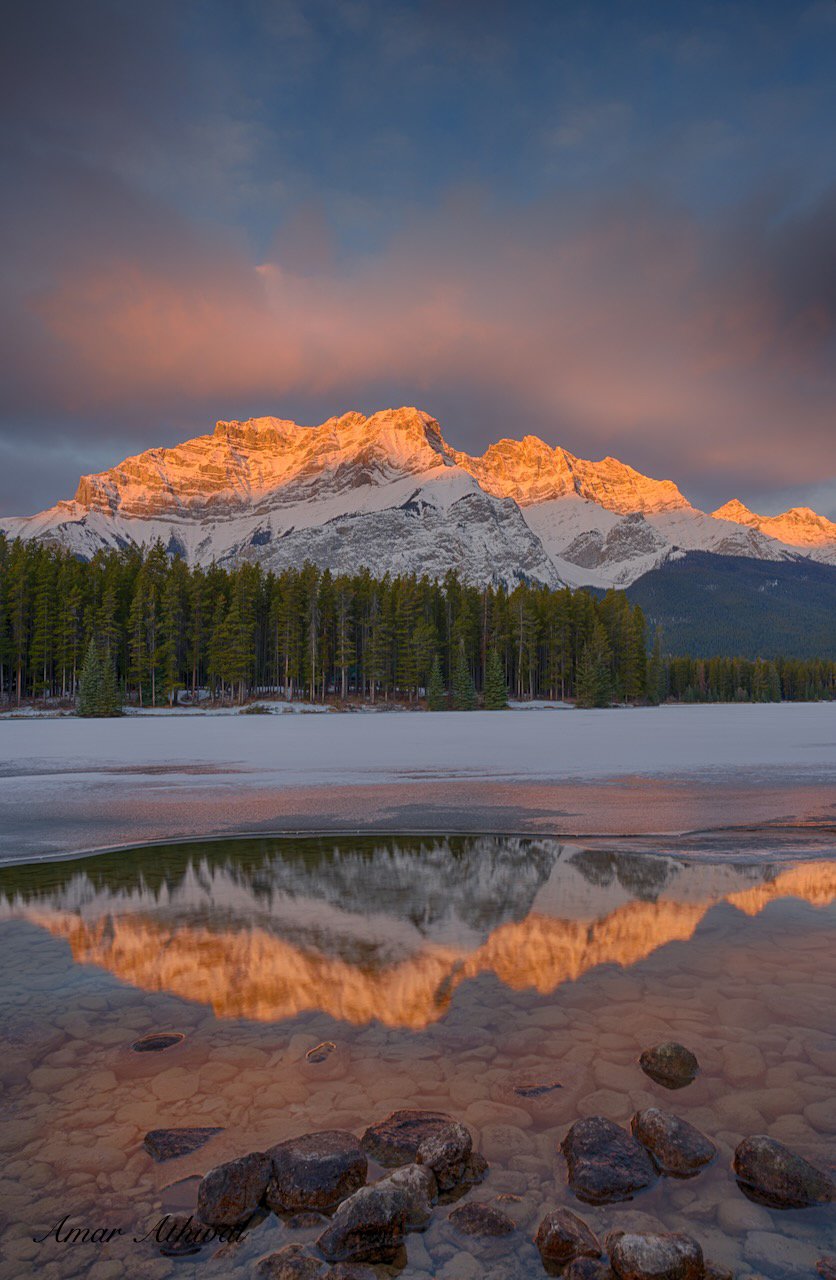Yesterday morning, with the camera in hand, I went for a walk to take pictures of birds. I soon ran into two friends who were gathering information to rebuild a dock at one of the small lakes I was passing by. We talked for a few minutes, and one thing led to another. Before I knew it, I was showing pictures of a grizzly bear on my phone that I had come across a few days back. It didn’t take long for the question to come up: “Did you take that picture with your phone?”
These days, most pictures are taken with a phone. A study in 2023 concluded that 92.5% of images are taken with phones, while the rest are captured by other means, such as compact cameras or high-end cameras. So, it’s not unusual for me to be asked the above question, even by my friends who don’t realize how much photography is a part of my life.
I quickly responded that the picture was not taken with my phone, but with a camera and lens that provided much greater magnification to keep both me and the wildlife at a safe distance. Not only does the equipment I use have higher magnification, but the camera also produces much larger, high-resolution images. I can crop the image in half and still maintain high quality.
There are many reasons why I need more than just a phone to take the pictures I want. One big and very important reason is safety when photographing wildlife. For most animals, it’s not just about my safety; it’s about reducing or eliminating any stress caused by me being too close to them. And for large predators or prey animals, it’s about preventing them from feeling threatened and needing to defend themselves.
But it’s not just about having the right equipment. It’s also important to have common sense when dealing with wildlife. For example, there’s a coyote and its mates that I seem to come across regularly when taking pictures or birdwatching. Most of the time, they seem to know I’m in their territory before I see them. Knowing where they’re headed, I usually give them space to continue in the direction they intended. Sometimes, I move on to give them their space.
In this particular instance, I was looking for birds when I noticed something moving in the tall, dry grass. It came out into the open, about 60 meters from me. It glanced toward me, then left the area as I stood in my spot.

